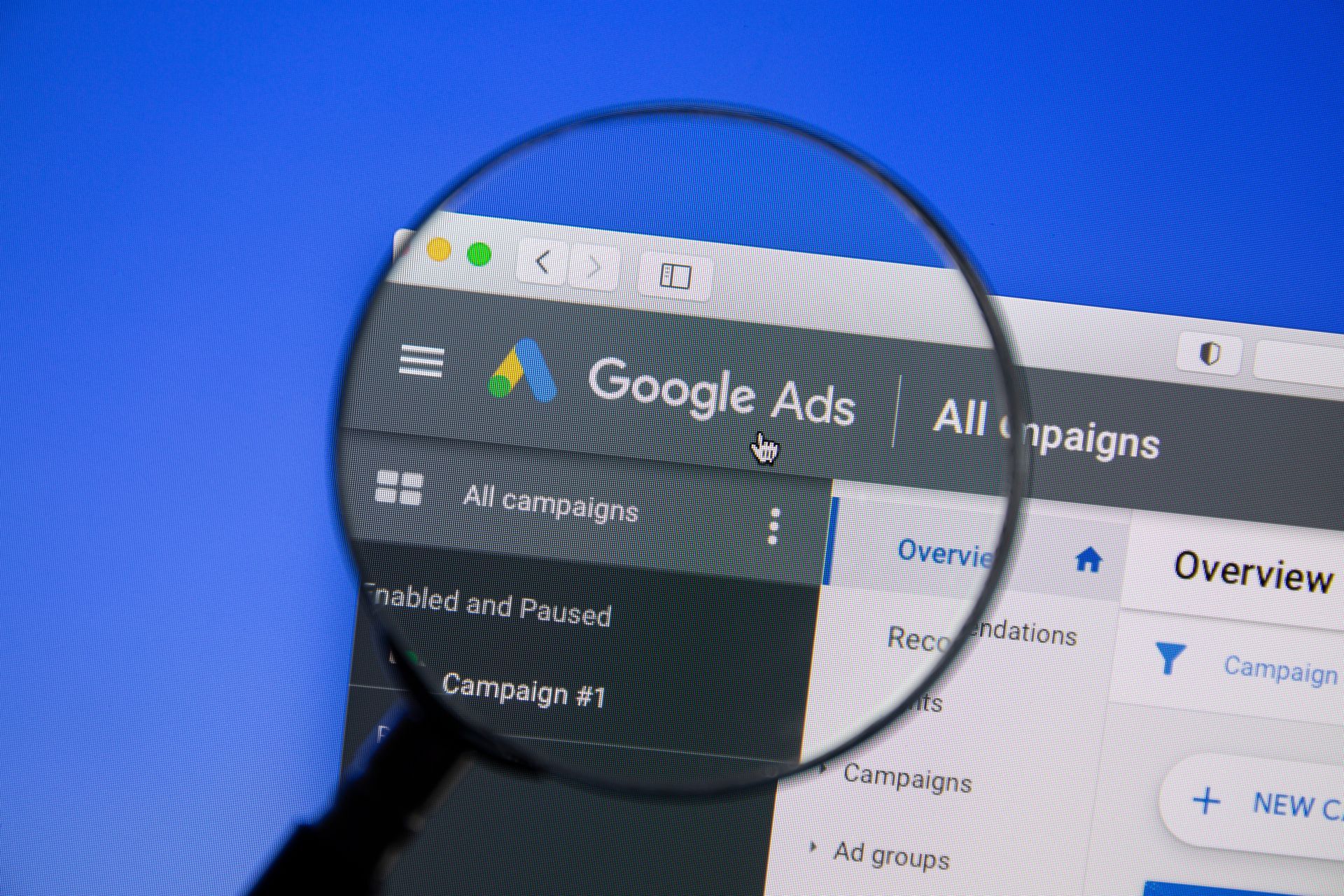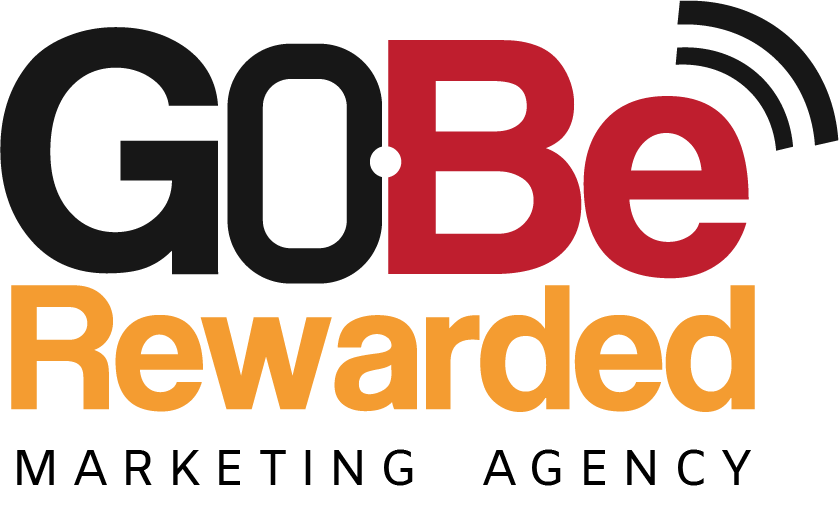The Dynamic Duo of Small Business Marketing: Passive vs. Active Strategies
How Passive and Active Marketing Strategies Propel Your Business Forward
Marketing is the lifeblood of any business, serving as the bridge that connects your products or services to potential customers. In marketing, two primary approaches exist: passive marketing and active marketing. While both have their merits, it's crucial to recognize that they complement each other and work harmoniously to help your business thrive. We will explore the differences between passive and active marketing, highlighting the significance of passive marketing as the foundation for building active marketing efforts.
Passive Marketing: The Solid Foundation
Passive marketing encompasses strategies that create a steady presence for your business, even when you're not actively promoting it. This approach is often characterized by having a website, relying on word of mouth, and generating referrals.
- Website: A well-designed and informative website is the cornerstone of passive marketing. It acts as your online storefront, providing potential customers with essential information about your products or services. A website helps establish credibility and is often the first point of contact for many potential clients.
- Word of Mouth & Referrals: Positive word of mouth is one of the most potent forms of passive marketing. When satisfied customers share their experiences with friends and family, it can lead to a domino effect of new customers discovering your business. It's a testament to the quality of your products or services. Building solid relationships with your existing customers can lead to valuable referrals. When your customers trust your business enough to recommend it to others, you benefit from a robust, passive marketing channel that can drive growth.
- Writing Content: Creating valuable and relevant content, such as blog posts, articles, and informative resources, is a powerful form of passive marketing. High-quality content showcases your expertise and serves as a resource that can attract and engage visitors. It contributes to search engine optimization (SEO) efforts and can keep visitors on your website longer, increasing the chances of converting them into customers.
- Off-page SEO: Off-page SEO activities, like backlink building and content promotion, enhance your website's visibility in search engine results. This marketing technique increases your online presence and drives organic traffic to your site.
Active Marketing: The Catalyst for Growth
On the other hand, active marketing involves proactive efforts to promote your business and reach a broader audience. This includes strategies such as off-page SEO, Google advertising, social media advertising, and networking.
- Google Advertising: Paid advertising on platforms like Google Ads can help you reach a targeted audience quickly. It allows you to bid on keywords relevant to your business and appear prominently in search results, increasing your chances of attracting potential customers.
- Social Media Advertising: Social media platforms offer powerful advertising options to reach a vast and engaged audience. You can target specific demographics, interests, and behaviors to connect with potential customers most likely interested in your offerings.
- Google Business Profile Optimization: Your Google Business Profile (formerly Google My Business) is a critical asset for local businesses. Optimizing this profile ensures your business appears in local search results, displays accurate information, and encourages customer reviews. It's an active marketing effort that enhances your visibility among local customers and boosts trust in your business.
- Networking: Building relationships within your industry and with potential partners can open doors to new opportunities. Networking events, both online and offline, allow you to connect with like-minded individuals who may become customers or refer your business to others.
The Symbiotic Relationship
While passive marketing lays the foundation for your business's online presence and reputation, active marketing is the catalyst that drives growth and expansion. Here's why both are essential:
- Visibility and Credibility: Passive marketing methods like having a website, word of mouth, and referrals establish your credibility and provide a platform for potential customers to learn about you. Active marketing strategies then leverage this credibility to increase visibility.
- Consistency: Passive marketing efforts create a consistent presence for your business, but active marketing ensures that you remain top-of-mind among your target audience. It helps you seize opportunities as they arise.
- Scaling Up: As your business grows, active marketing becomes increasingly important. It allows you to reach new markets, experiment with different strategies, and adapt to changing consumer behaviors.
Conclusion
In the world of marketing, passive and active strategies should not be seen as competitors but as partners in your journey to business success. Passive marketing provides the foundation upon which active marketing can build, while active marketing efforts amplify the impact of your passive strategies. To truly thrive and grow a business, a balanced combination of passive and active marketing is the key to long-term success. So, embrace both sides of the marketing coin and watch your business flourish.



All Rights Reserved | GoBeRewarded, Inc.


